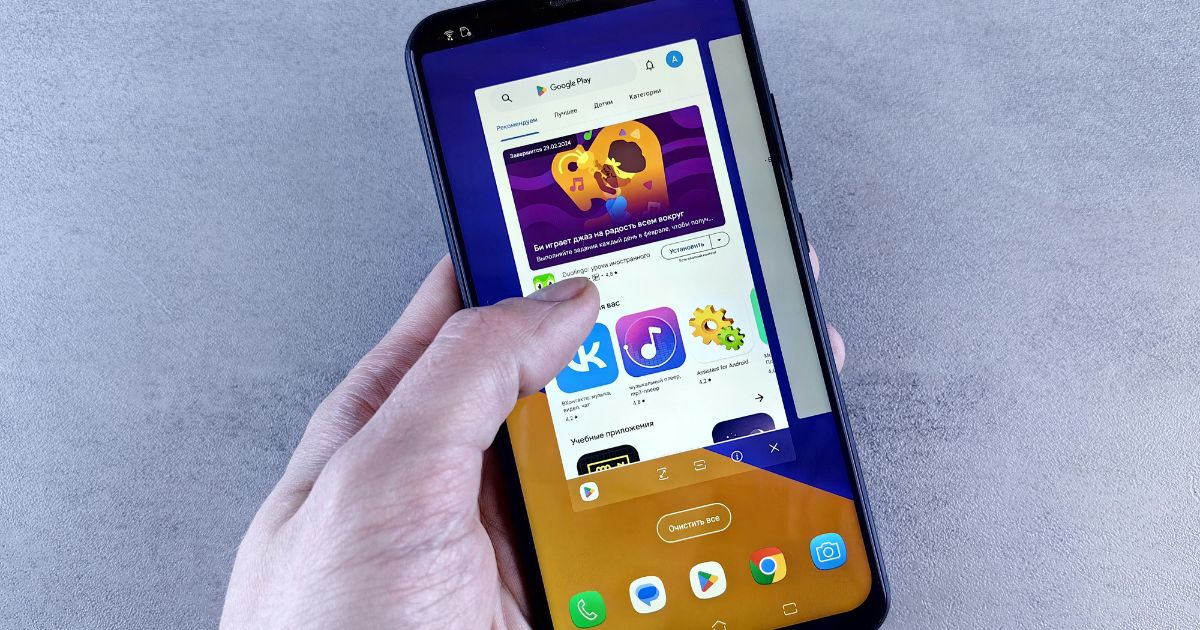The shift away from Fee-for-Service and toward Fee-for-Value
Due in large part to the Affordable Care Act, the shift away from fee-for-service and toward fee-for-value is well underway in the U.S. healthcare industry. With the bipartisan passing of MACRA (Medicare Access and CHIP Reauthorization Act) in 2015 and private insurers, like Aetna, publicizing their decision to switch over, value based healthcare appears to be here to stay, regardless of the tumultuous political landscape. While the new framework is projected to be a good thing for all parties involved in the long run, the short(ish) term pain of switching over to an entirely new way of doing business can be, and has been, extremely difficult for clinics, hospitals, and doctors. With so many healthcare providers scrambling to meet value based care requirements, the need for improved efficiency throughout the healthcare process is massive. According to Pew Research Center, 77% of Americans own a smartphone as of 2017. This has spurred unprecedented growth in the mobile application development market in recent years. Healthcare, just like every other industry, is rife with opportunity to solicit technology to become more efficient and effective. So, we have compiled a list of the most common business and technical trends in the healthcare technology market that we have experienced while working with our clients.
Healthcare Business Trends
When it comes to improving efficiency in healthcare, here are the most common areas providers are leveraging technology with healthcare mobile apps:
Illness/Injury Prevention
Preventing illness and injury rather than treating it is, of course, the best case scenario for patients. Often times, though, they don’t have access to quality resources for how to best take care of their bodies and minds. The internet is full of misleading and sometimes downright harmful information. Mobile applications with information supplied directly by a patient’s provider would be a trustworthy way to keep patients healthy and keep healthcare costs down. For example, we have developed a custom mobile app that allows patients to input lifestyle data and get back recommendations on ways to stay healthy.
Improving Patient Outcomes
The crux of the fee-for-value model is making sure patients are taken care of the first time, with penalties brought upon providers for readmissions related to the initial patient visit. Often, a contributing factor to preventable readmissions is a lack of patient engagement and accountability after they’ve been discharged from the hospital. A mobile application would allow the provider to send automated reminders regarding medication, follow up appointments, rehabilitation exercises, and dietary restrictions. It would also allow patients to provide feedback to providers about how they’re feeling so that providers could intervene before a trip back to the hospital becomes necessary.
Streamlining Scheduling
Since reimbursements will now be calculated based on patient outcomes rather than number of services rendered, providers will conceivably be needing to see more patients to make up for earning less on each one. Efficient scheduling is becoming ever more crucial both internally in terms of workforce and equipment as well as externally with patient appointments. A well-designed mobile application could, for example: allow a charge nurse to set staff schedules right from his/her personal smartphone, allow for real time updates to operating room planning and availability, and allow a patient to make an appointment with his/her provider that automatically adjusts the duration based on the symptoms or suspected ailment the patient is experiencing without ever having to disrupt administrative personnel with a phone call.
Process Optimization
Following and documenting procedure is of paramount importance in healthcare, since patients’ lives often hang in the balance. While providing safety, it can also be very time-consuming, especially when paper forms are involved. Mobile applications can make the process much simpler. For example, in an operating room, a surgeon and his/her staff must run through a checklist that will help avoid hazardous mistakes. A mobile app could put that checklist on a monitor for all of the medical staff to see, and leverage facial recognition technology so that the surgeon, who cannot remove his gloves or touch a screen, can use a particular gesture (like a nod) to check off an item instead of relying on a circulating tech to accurately complete a paper checklist when things begin to move quickly, particularly in an unanticipated emergency. This checklist is automatically logged in the system, providing a useful tool to refer back to should complications arise after surgery.
Healthcare Technical Trends
As you can see, there is a wide range of processes that a custom healthcare application can improve on. Whether you had one of the aforementioned items in mind or you have a totally new idea, there are several important things to keep in mind, given that healthcare is a heavily regulated and regimented industry. Here are three of the big ones:
- Will your healthcare app require HIPAA compliance?
If your healthcare app deals at all with patient data, it will need to be HIPAA compliant. Additionally, if your healthcare app needs access to a device’s hardware, like the camera or microphone, it will also need to be FDA compliant. This type of compliance will have an effect on project budget and timeline. - Who needs access to your app?
Will the healthcare app be solely for internal use or will it be shared between employees and patients? Or shared with other health providers? Or allow a patient’s family member or emergency contact to have access? The wider the net, the more complicated your project will be. - Does your healthcare application match or, better yet, simplify the current workflow that you have in place?
Getting your employees to adopt the new software can be a challenge, but without it all you’ve done is waste a bunch of money. Ensuring that you’re designing something that will be easy for them to learn and convenient for them to use is key. Don’t skimp on excellent UI/UX design. - Should your application sync with existing software, like your Electronic Health Record (EHR) or other systems your team is currently using?
While a mobile application can provide immense benefits to patients and providers, ensuring that a continuous communication loop exists between different systems is critical to the efficacy and adoption of those apps. Understanding what systems your mobile application should communicate with and how those bridges can be built is extremely important. - By defining these important business and technical requirements of your healthcare mobile application, you can begin to understand how this tool will make your institution more profitable and efficient. The benefit of working with custom software developers is that your options are wide open, ensuring that you cover all of your bases while also designing something intuitive that your employees and/or patients will actually use – especially if it disrupts an existing process. We’d love the opportunity to work with you on your project, but we recognize that you have a lot of options for custom software development. If you haven’t already, read up on choosing a custom software development partner to gain confidence in your search for the company best suited to your project.
Improving Patient Outcomes: - The crux of the fee-for-value model is making sure patients are taken care of the first time, with penalties brought upon providers for readmissions related to the initial patient visit. Often, a contributing factor to preventable readmissions is a lack of patient engagement and accountability after they’ve been discharged from the hospital. A mobile application would allow the provider to send automated reminders regarding medication, follow up appointments, rehabilitation exercises, and dietary restrictions. It would also allow patients to provide feedback to providers about how they’re feeling so that providers could intervene before a trip back to the hospital becomes necessary.








